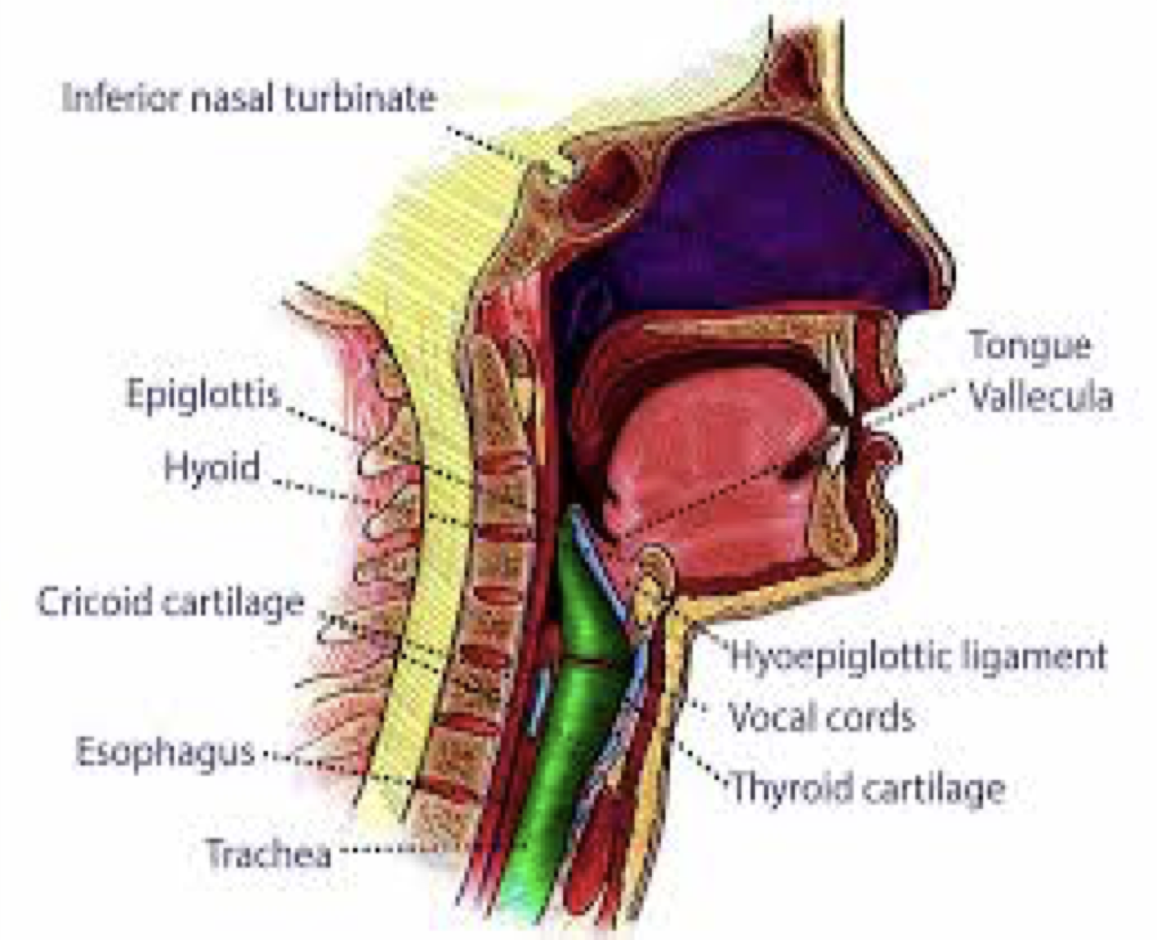
The Anatomy Of The Mouth
The mouth (oral cavity) consists of several components, including the teeth, gingiva (gums), tongue, palate, cheeks, lips and floor of the mouth. With the exception of the teeth, the mouth is lined by mucous membranes. The Teeth The teeth are held within the jaw bones and serve several important functions beyond allowing you to chew.
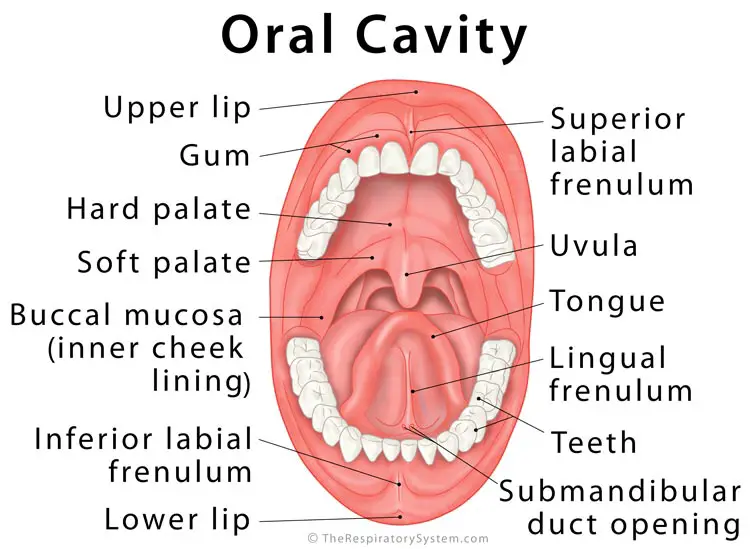
What is the Oral Cavity
Mouth. The mouth, or oral cavity, is the first part of the digestive tract.It is adapted to receive food by ingestion, break it into small particles by mastication, and mix it with saliva.The lips, cheeks, and palate form the boundaries. The oral cavity contains the teeth and tongue and receives the secretions from the salivary glands.. Lips and Cheeks. The lips and cheeks help hold food in.

23.3 The Mouth, Pharynx, and Esophagus Anatomy & Physiology
The oral cavity spans between the oral fissure (anteriorly - the opening between the lips), and the oropharyngeal isthmus (posteriorly - the opening of the oropharynx). It is divided into two parts by the upper and lower dental arches (formed by the teeth and their bony scaffolding).

Printable Mouth Diagrams 101 Diagrams
The tongue is a mobile, muscular organ that lies within the mouth and partly extends into the upper throat. The tongue's anatomy is complex; it involves interlacing muscles, nerves, and a blood supply. This article will explain the details of tongue anatomy and how each part contributes to its movements and to functions such as eating, taste.

Mouth Teeth Diagram with Label Health Images Reference
The Human Body The oral cavity and vestibule are entirely lined by mucous membranes containing numerous small glands that, along with the three pairs of salivary glands, bathe the mouth in fluid, keeping it moist and clear of food and other debris.
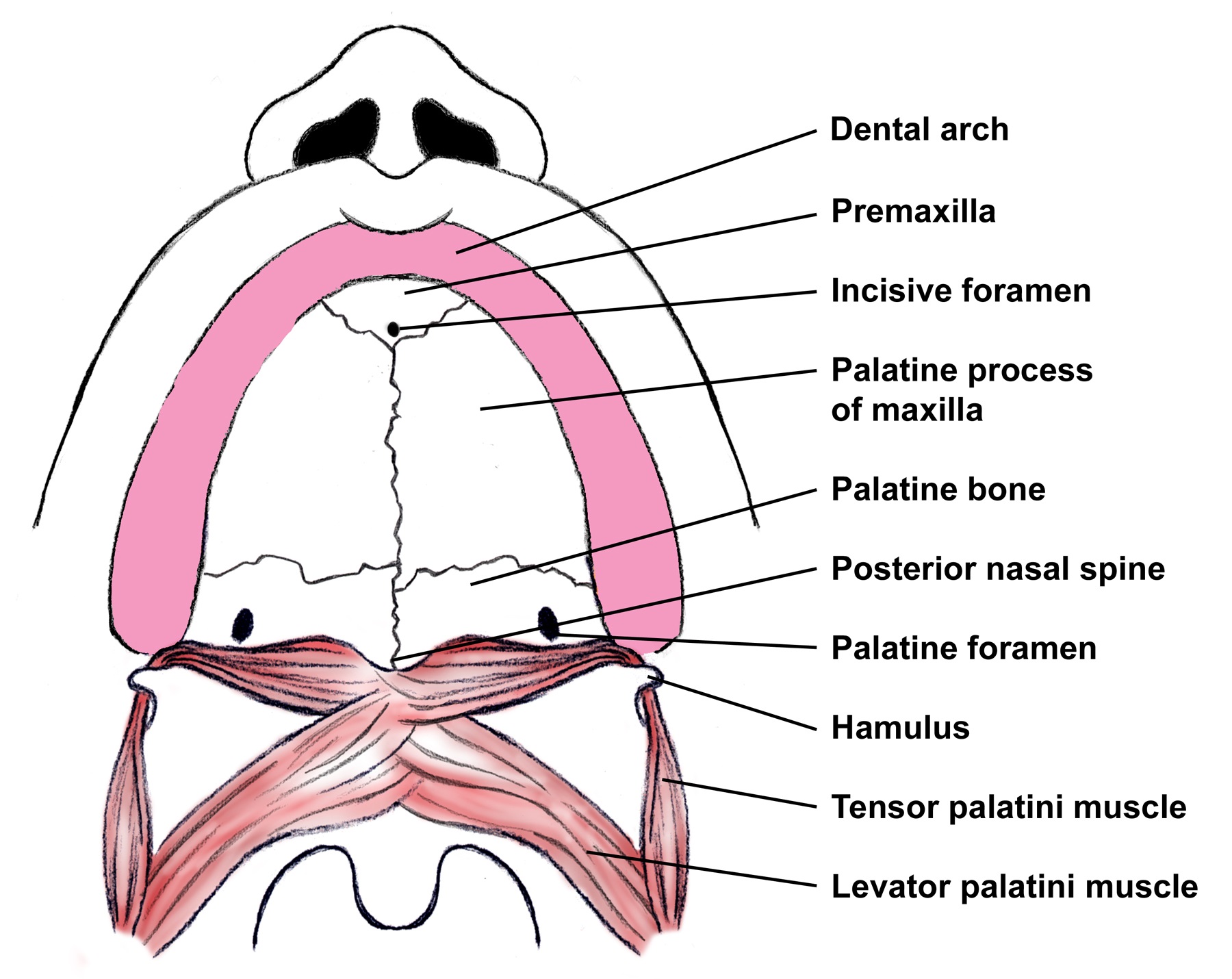
Mouth Diagrams Printable 101 Diagrams
Anatomy. Under normal circumstances, the tongue is a pink, muscular organ located within the oral cavity proper. It is kept moist by the products of the major and minor salivary glands, which aids the organ as it facilitates deglutition, speech, and gustatory perception.While there is significant variability in the length of the tongue among individuals, on average, the organ is roughly 10 cm.

Oral cavity anatomy with educational labeled structure vector illustration
The pharynx (throat) is involved in both digestion and respiration. It receives food and air from the mouth, and air from the nasal cavities. When food enters the pharynx, involuntary muscle contractions close off the air passageways. Figure 6. The pharynx runs from the nostrils to the esophagus and the larynx.
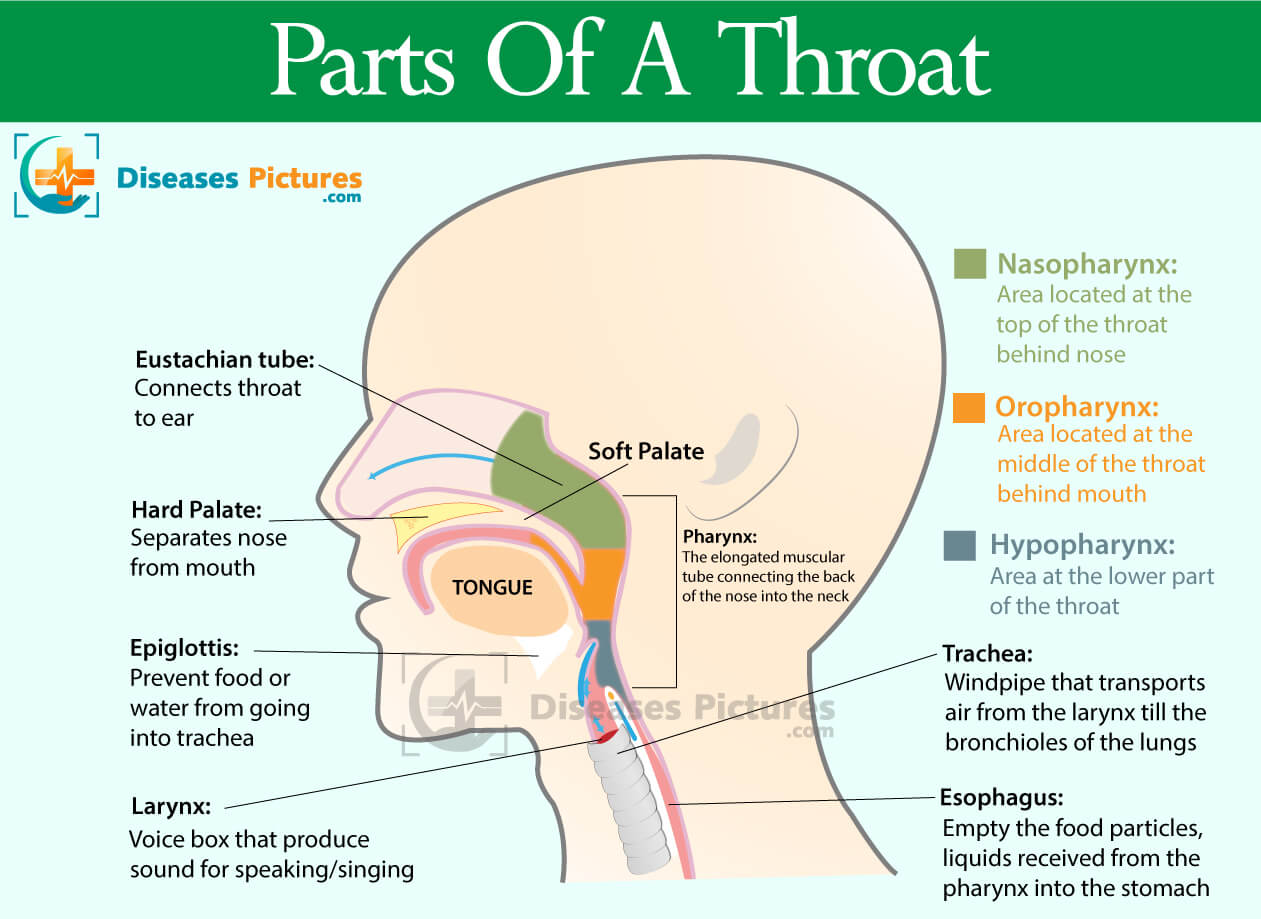
Throat Anatomy Throat Parts, Pictures, Functions HealthMD
The main open area of the mouth, or oral cavity proper, runs from the gums and teeth to the fauces. When you are chewing, you do not find it difficult to breathe simultaneously. The next time you have food in your mouth, notice how the arched shape of the roof of your mouth allows you to handle both digestion and respiration at the same time.

Mouth Diagrams Printable 101 Diagrams
When we say 'mouth' we mean the oral cavity; a space in the lower part of the head that functions as the entrance to the digestive system. The content of the oral cavity determines its function. It houses the structures necessary for mastication and speech, which include the teeth, the tongue and associated structures such as the salivary glands.

The Mouth, Pharynx, and Esophagus Anatomy and Physiology II
The oral cavity, or more commonly known as the mouth or buccal cavity, serves as the first portion of the digestive system. It consists of several different anatomically different aspects that work together effectively and efficiently to perform several functions. These aspects include the lips, tongue, palate, and teeth.
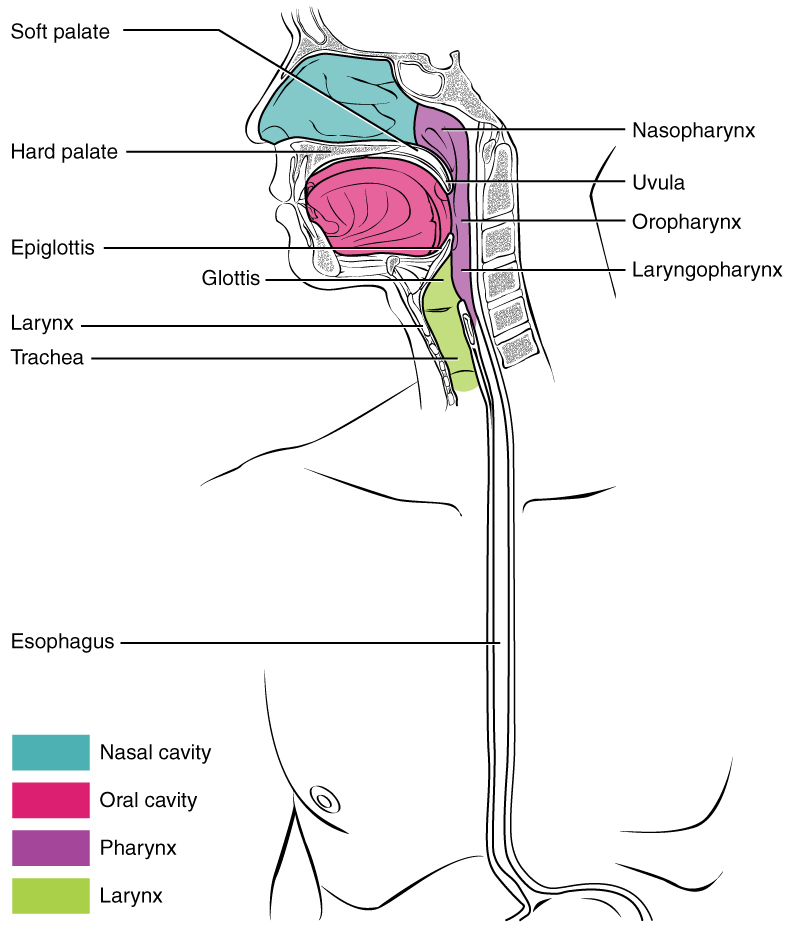
The Mouth, Pharynx, and Esophagus · Anatomy and Physiology
We have created 110 medical original illustrations of the mouth, the buccal cavity, the bones of the palate, the tongue, the salivary glands and the oral part of the pharynx with vessels and nerves.
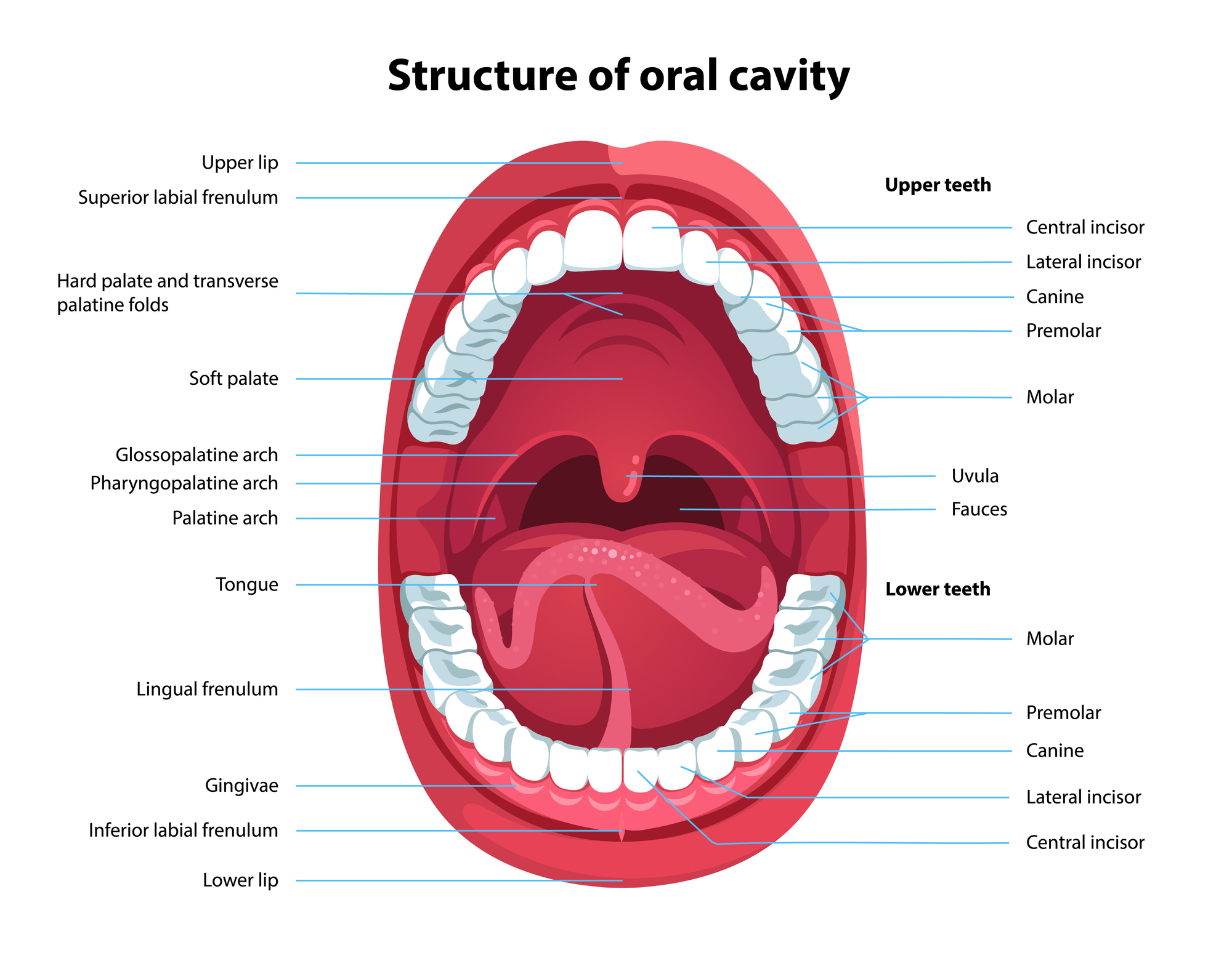
What Are the 3 Key Functions of the Teeth? Vancouver Centre for
Human mouth In human anatomy, the mouth is the first portion of the alimentary canal that receives food and produces saliva. [2] The oral mucosa is the mucous membrane epithelium lining the inside of the mouth. In addition to its primary role as the beginning of the digestive system, the mouth also plays a significant role in communication.

AN3 08 Oral Cavity, Oropharynx, Swallowing StudyBlue
Lips Lips form the border of our mouth. Lips are a different color than the rest of our face because the skin around them is much thinner. Teeth and Gums The teeth are used to break up the foods that we eat. Teeth are made from enamel, the hardest substance found in our body.

Diagram of the Mouth 101 Diagrams
The mouth, also called the oral cavity, is the opening in the human skull that allows food, liquids, and air to enter the body. The oral cavity begins at the lips and ends at the throat. What are.
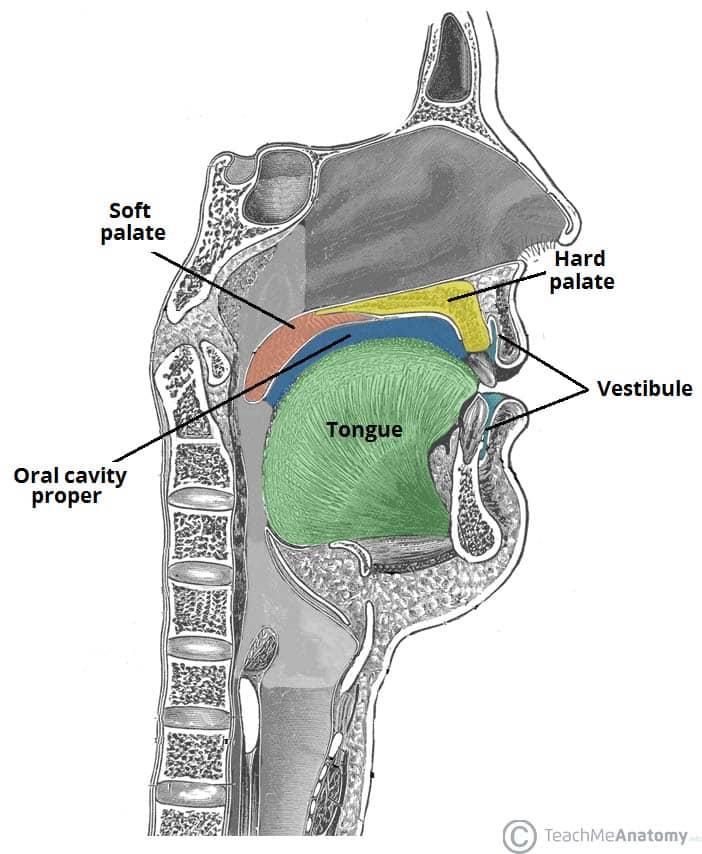
The Oral Cavity Divisions Innervation TeachMeAnatomy
2D Interactive NEW 3D Rotate and Zoom + − Click To View Large Image Also known as the oral cavity, the mouth is the hollow cavity that allows food and air to enter the body. The mouth contains many other organs - such as the teeth, tongue, and the ducts of the salivary glands - that work together to aid in the ingestion and digestion of food.
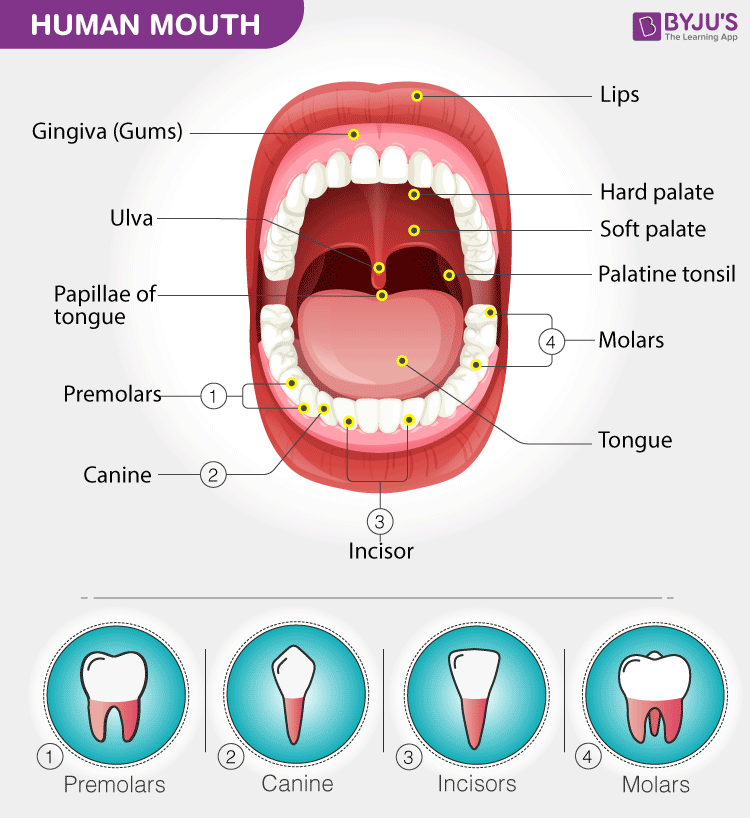
The Mouth and Buccal Cavity Anatomy of the Human Mouth
Types of teeth. The teeth are divided into four quadrants within the mouth, with the division occurring between the upper and lower jaws horizontally and down the midline of the face vertically.. Learn about the types of teeth in a fast and efficient way using our interactive tooth identification quizzes and labeled diagrams.. This leaves up to eight adult teeth in each quadrant and separates.